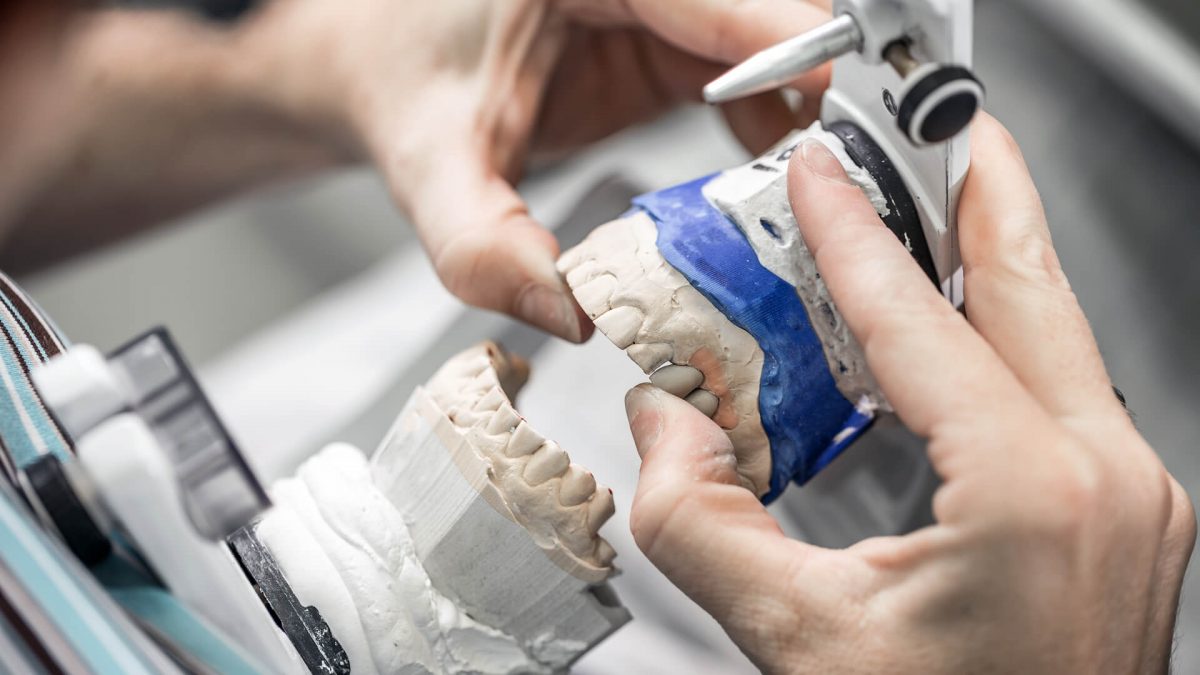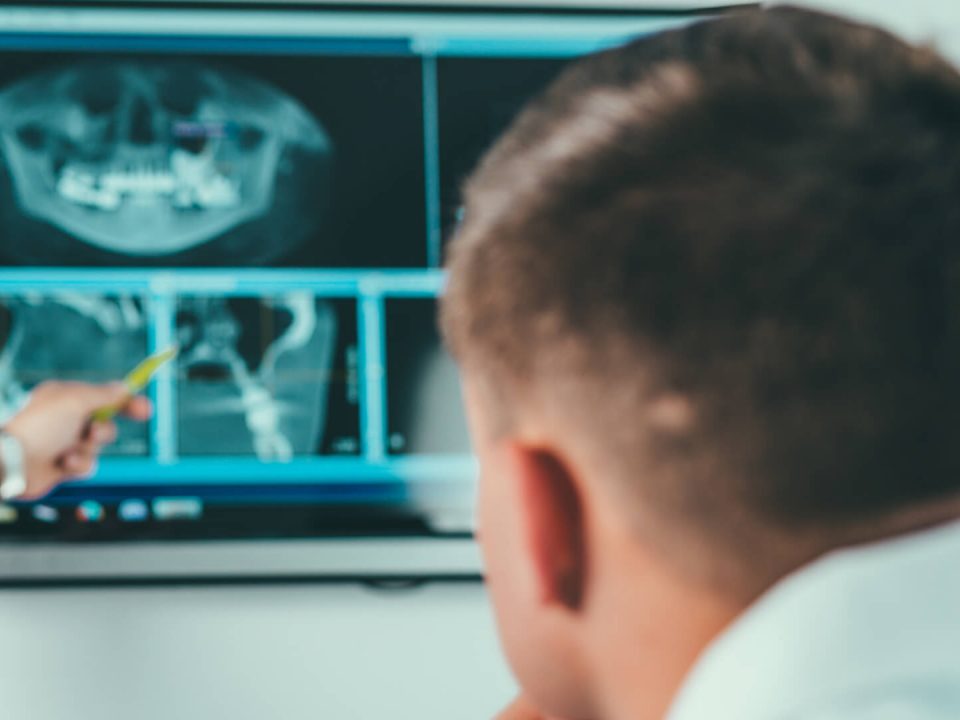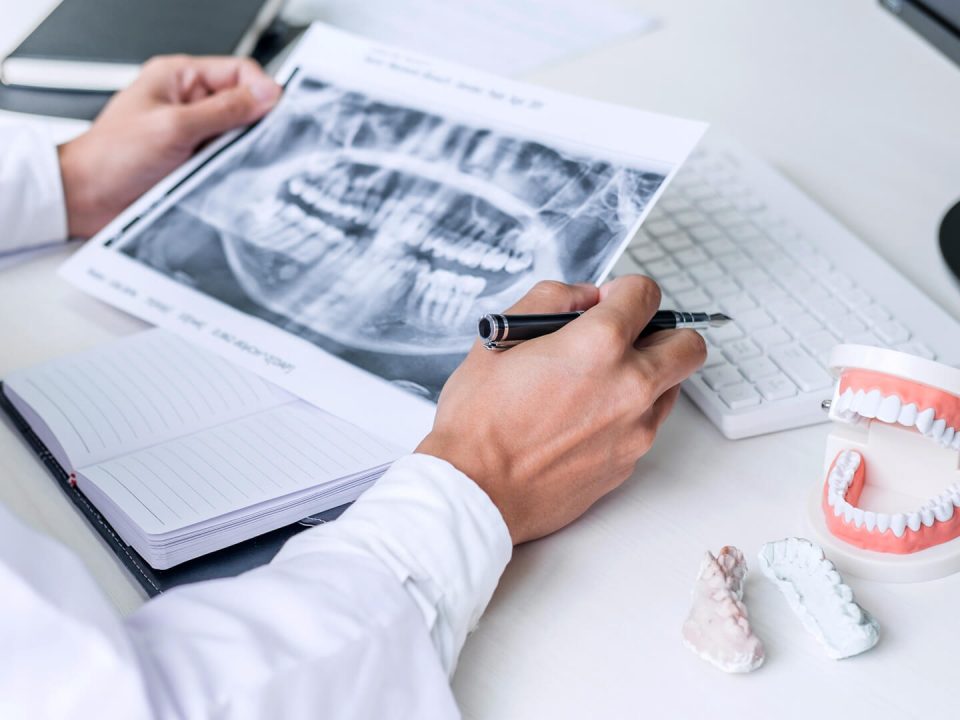Foundations/Understanding Treatment Expectations and Limitations

Pre-Treatment Records
December 21, 2020
Jaw Relation Records
December 22, 2020A patient referred for a hybrid restoration (i.e. screw retained denture) must, without exception, receive pre-implant placement planning (P.I.P.P.) that includes accurate pre-surgical models that are mounted in a verifiable centric jaw relation position. Many patients are receiving treatment without this vital information, resulting in mismanagement of bite forces and unmet patient expectations due to unwanted tooth positioning. Quite often, a patient is believed to be class 1 only to discover at the delivery of the restoration the patient is in fact class 2. At that moment, everyone begins looking for someone to blame. Disaster!!!
Why would this be allowed to happen?
Unfortunately, I have witnessed this problem many times and it is unnecessary. Many have offered various solutions, but they fail to understand the true reason for this occurrence. Centric relation, simply put, is an anatomic position of both jaw joints. Nothing impossible to understand. While it is not the intent of this article to dive into every aspect of centric relation, this article seeks to explain the simplicity of obtaining a centric jaw relation record when both jaw joints are stable.
Many techniques exist to record a centric jaw relation position, but the easiest to master that provides a high degree of accuracy is a Gothic Arch Tracer. It is also known as a ball-bearing bite recorder and a pin tracer. All these names describe the same tool. Ask your lab for information about it. They will be more than willing to help.
Unless you are willing to incorporate this record into your pre-implant placement planning (P.I.P.P.), you are not doing all that is possible for your patient to understand what expectations can truly be met and what limitations will be encountered. I have said that I would rather have an honest discussion prior to treatment than to be forced to make excuses at the end of treatment. Before or after treatment, the conversation is limited if we do not have good records. Our patients deserve our best. I know you will agree.



